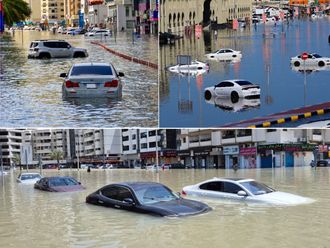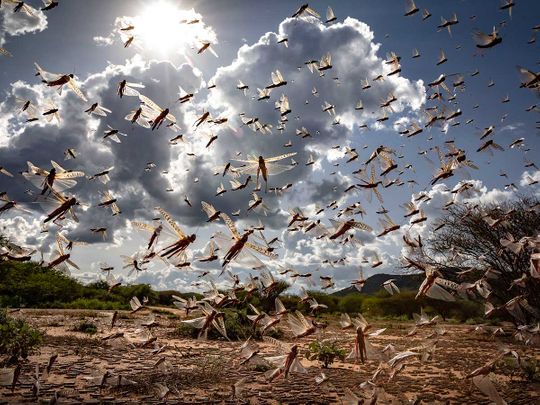
They may be the size and weight of your average paper clip, but locusts, in swarms, have the ability to devastate crops and cause major agricultural damage, which can lead to starvation if a city is unprepared to deal with the loss of crop.
This year alone, Africa saw the biggest locust outbreak in some countries in 70 years. It is the locusts that “everyone is talking about,” Yoweri Aboket, a farmer in Uganda told AP. “Once they land in your garden they do total destruction. Some people will even tell you that the locusts are more destructive than the coronavirus.”
Today, more videos are being shared on social media across the world depicting swarms of locusts, including in India, Pakistan, China and now more recently, the UAE.
But why do these usually solitary and docile creatures change their habits out of the blue to fly together in a group of millions and cause a destruction of vegetation?
A little background
Locusts are a species of grasshoppers, but have larger hind legs. This helps them bounce higher and further.
The ones we generally encounter in the UAE are the Desert Locusts, a notorious species, according to the National Geographic. They are mostly found in Africa, the Middle East, and Asia.
Desert locust swarms can actually eat 423 million pounds of plants a day, according an article published in the Journal of Experimental Biology.
Swarming behaviour is a response to overcrowding
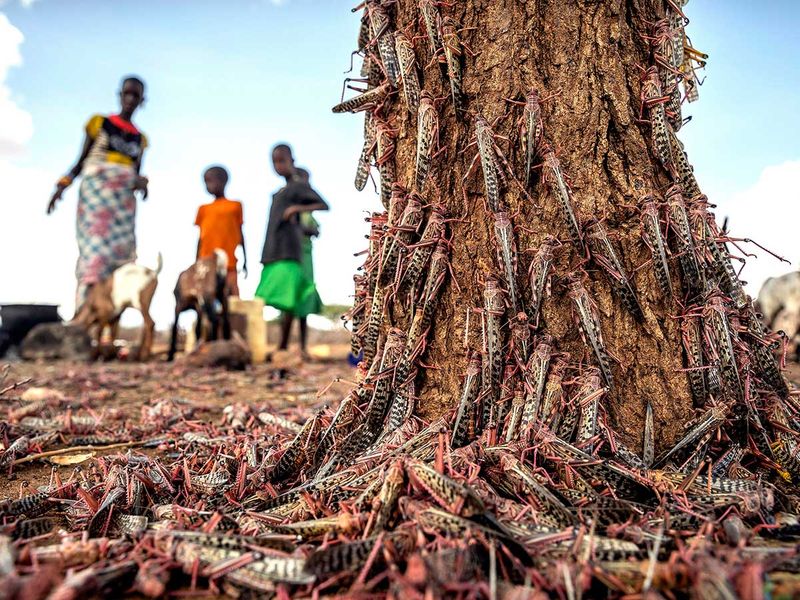
There is a scary science to why they go from being calm “solitary” insects to “gregarious” hungry bugs.
It has to do with weather conditions.
Basically, locusts are looking for something to eat (they are herbivores and will feed on crops and plants). During drought seasons, where greenery decreases in space, they end up all in the same areas where there may be some veggitation left.
When locusts are together, a hormone called serotonin is released into their bodies, which triggers certain changes in their behaviour.
They become:
- Very hungry (More like famished)
- More social (they want to mate with one another)
- More rapid in movement
Then it rains
The scenario of drought followed by rain is exactly what locusts need to spread.
Moist soil is a perfect environmental condition for locusts to reproduce. So they start to lay eggs and in less than a few weeks these eggs hatch and they begin to migrate together. Flying over countries and taking frequent breaks to feed on crops. They go from their solitary phase to their gregarious phase.
What is the gregarious phase?
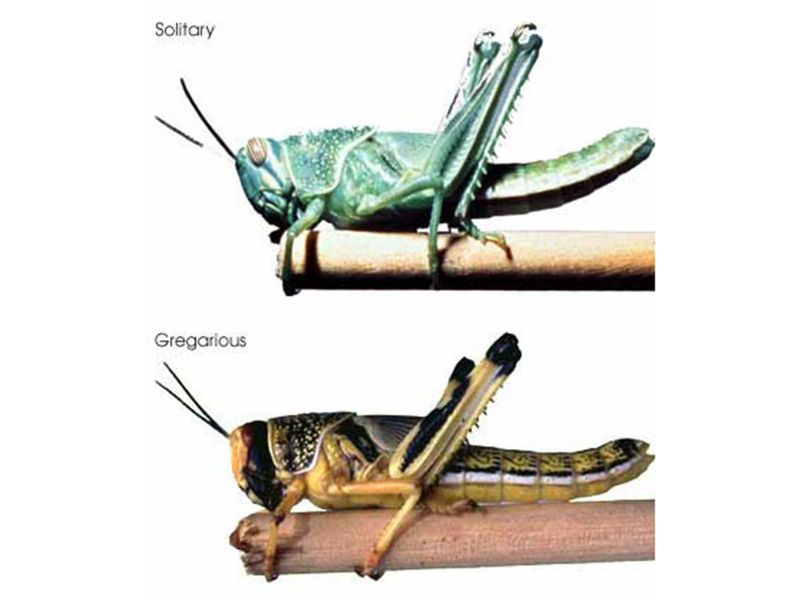
This phase happens when locusts are near each other in large numbers. It isn’t just a bio-chemical and behavioural change. This phase also changes the insect physically.
- They become brighter in colour
- Their brains become larger
- Their hind legs become, which increases their endurance
That is when you see them flying in groups of millions in the sky. Energetic and non-stop.
The locusts spend much time on the ground feeding and resting. They move on to their next destination when they've completley exhausted the vegetation. Then they fly to the next location where rainfall has caused new growth.
Can they harm me?
No, you’re fine. Locusts would not attack people or animals. They also don’t carry diseases that harm humans. But we should worry about our planet. Some experts worry that locust plagues will worsen in a warming world. Which means more crop damage and less food to feed the hungry.
Locust's historical and biblical references
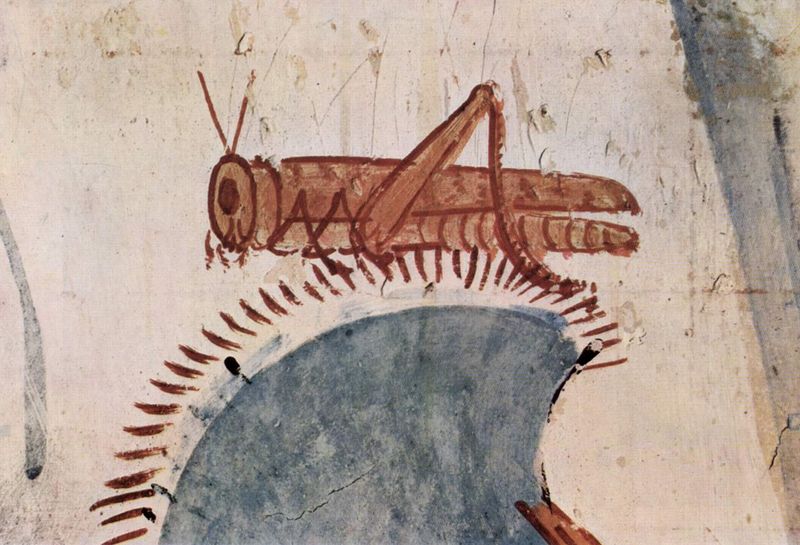
Locusts have a long and interesting history, in which they have been fearfully respected. Biblical stories highlight how during the age of Moses, plagues of locusts devastated the Egyptian society.
Centuries before that, ancient Egyptians would carve locusts on tombs to highlight their significance.
Plagues of locusts are also mentioned in the Quran.
Even Aristotle studied locusts and their breeding habits and Titus Livius recorded a devastating plague in Capua in 203 BC.



